Optimization Design of the Support Plate of Large-scale Split Jack Multifunctional Rescue Attachments
DOI: 10.23977/jemm.2021.060101 | Downloads: 25 | Views: 2381
Author(s)
Tao Jiang 1, Shibo Li 1, Xinlei Ye 1, Jiehua Wang 1, Ning Cheng 1
Affiliation(s)
1 School of Mechanical Engineering, Tongji University, Shanghai, 201804, China
Corresponding Author
Tao JiangABSTRACT
Aiming at the problem of low strength and low rigidity of the support plate of the large-scale split jack multifunctional rescue attachment, a simulation model of the attachment is established based on the working principle of the split jack rescue attachment. The limit working condition is used as the input condition, and the finite element analysis is carried out on the support plate of the split jack rescue attachment. Based on the response surface method and multi - objective genetic algorithm, the main size parameters of the support plate are selected as the design parameters, and the maximum equivalent stress, maximum deformation and mass minimization are the optimization goals, and the optimization model of the support plate is established. Optimize its structure. The result shows that the strength and rigidity of the support plate are improved without increasing the mass.
KEYWORDS
Rescue accessories, finite element analysis, structural optimization, response surface analysisCITE THIS PAPER
Tao Jiang, Shibo Li, Xinlei Ye, Jiehua Wang and Ning Cheng, Optimization Design of the Support Plate of Large-scale Split Jack Multifunctional Rescue Attachments. Journal of Engineering Mechanics and Machinery (2021) Vol. 6: 1-10. DOI: http://dx.doi.org/10.23977/jemm.2021.060101
REFERENCES
[1] W.J. Hu, H. Shang, H.B. Si, et al. The Demand Study of the Technological Equipments for Disposal to the Emergency Rescue of a Great Earthquake in China [J]. Acta Scientiarum Naturalium Universitatis Pekinensis, 2010, 46(05): 844-850.
[2] W.J. Hu. Reflection on the response to the 8.0 Wenchuan earthquake in Sichuan Province[J]. China Emergency Management, 2008, 18 (06): 40-42.
[3] H.H. Zhang. Earthquake disaster and city[J]. Cities and Towns Construction in Guangxi, 2013, 05: 1-11.
[4] S. Gentes. Rescue Operations and Demolition Works: Automating the Pneumatic Removal of Small Pieces of Rubble and Combination of Suction Plants with Demolition Machines [J]. Bulletin of Earthquake Engineering, 2006, 4 (02): 193-205.
[5] C.R. Wang, J. Zhao, E.D. Xia, et al. Grabbing Mechanism of Multi-function Rescue Attachment Optimization Design Based on Improved SVM Response Surface Method and NSAG-Ⅱ [J]. Journal of Beijing University of Technology, 2018, 44 (10): 1275-1283.
[6] J.W. Wu. Design of a Hole Opening and Coring Rescue Subsidiary Tool [D]. Beijing: Beijing University of Technology, 2017.
[7] M.Y. He. Research on Multi-founctional Ending-tool System for an Emergency Robot [D]. Mianyang: Southwest University of Science and Technology. Chapman and Hall, 2016.
[8] B. Li, Z.Q. Li, G.W. Zhang, et al. Top Support Accessory Tool [P]. China Patent 201520857360.3, 2015.10.30.
[9] J. Zhao, C.R. Wang, B.C. Song. Rescue Attachment with Functions of Clamping Cutting Grasping and Splitting[P]. China Patent 201610231866.2. 2016.04.14.
[10] X. Zang, Y. Liu, Y. Zhu. Structure design of a mobile jack robot [C]// 2013 IEEE International Conference on Information and Automation (ICIA). IEEE, 2014.
[11] G.W. Zhang, B. Li, Z.Q. Li, et al. Development of Robotics Spreader for Earthquake Rescue [C]// IEEE International Symposium on Safety. IEEE, 2015.
[12] X.Z. Zang, J.B. Wang, Y.X. Liu. Development of two rescue robots for disaster relief operations in narrow debris [J]. High Technology Letters, 2015 (04): 399-406.
[13] X. Sun. Mechanism Design and Analytic Study of Rescue Accessory of Opening Gap and Supporting [D]. Shenyang: NorthEastern University, 2016.
[14] Q.Y. Qiu, P.E. Feng. Sensitivity Analysis Method based on Orthogonal Experiment[J]. Machine Design, 1997 (05): 5-8.
| Downloads: | 11129 |
|---|---|
| Visits: | 423476 |
Sponsors, Associates, and Links
-
Cybernetics and Mechatronics
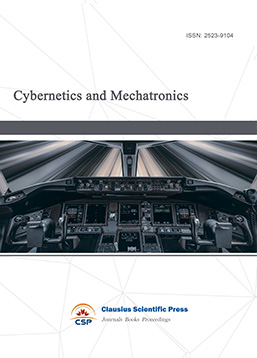
-
Digital Manufacturing and Process Management
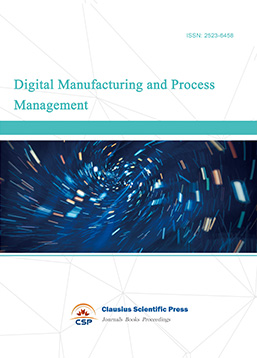
-
Ultra-Precision Machining Process
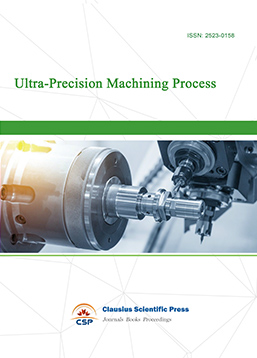
-
Journal of Robotics and Biomimetics
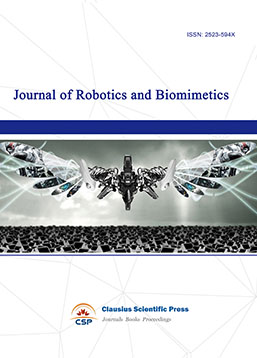
-
Prognostics, Diagnostics and Health Management
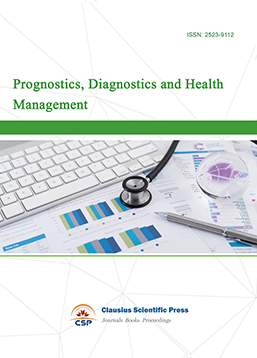
-
Micro-Electro-Mechanical Systems
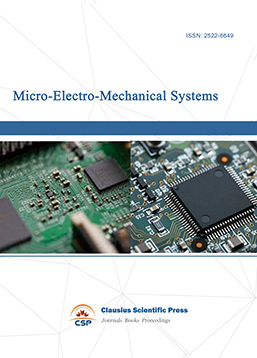
-
Journal of Precision Instrument and Machinery
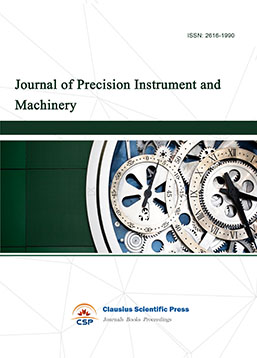
-
Engineering and Solid Mechanics
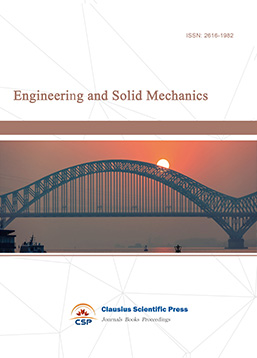
-
Fracture and Damage Mechanics
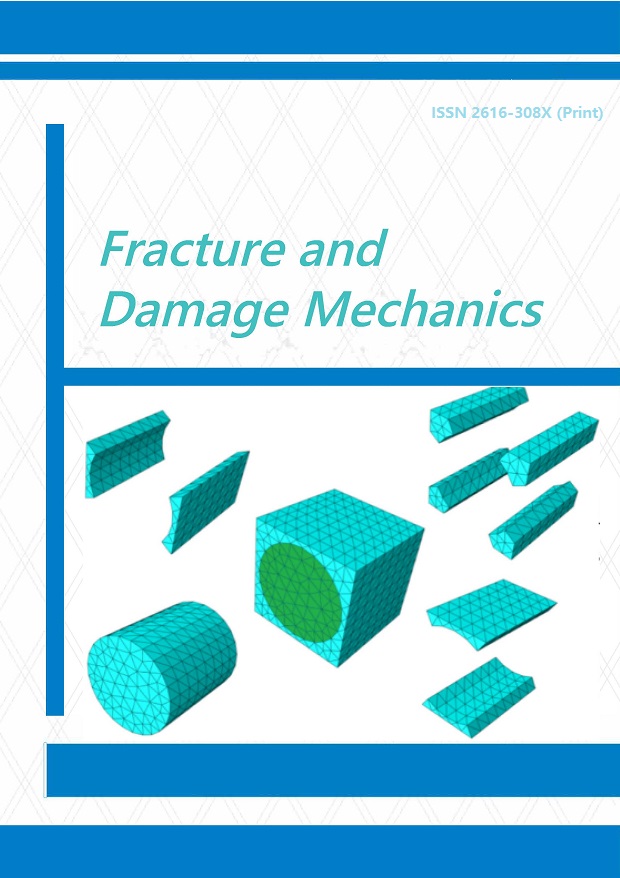
-
Frontiers in Tribology
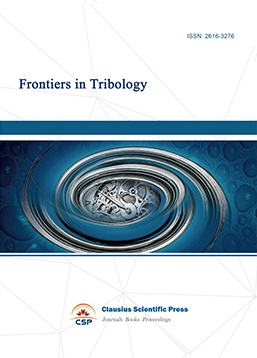
-
Fluid and Power Machinery
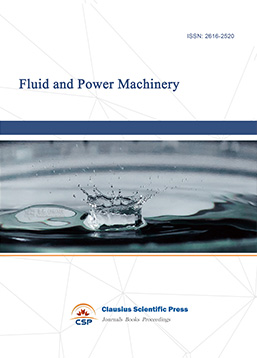
-
Chemical Process Equipment
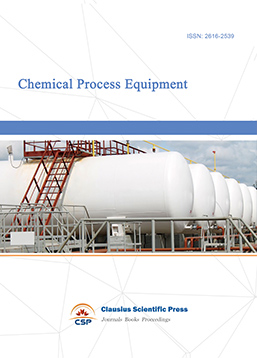
-
Journal of Assembly and Manufacturing
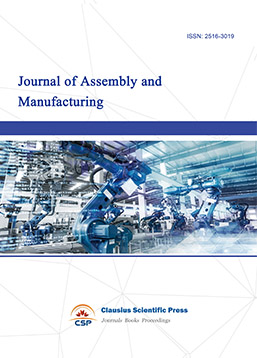
-
Mechanical Vibration and Noise
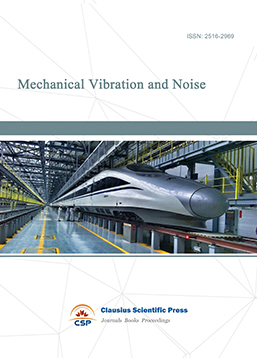

 Download as PDF
Download as PDF